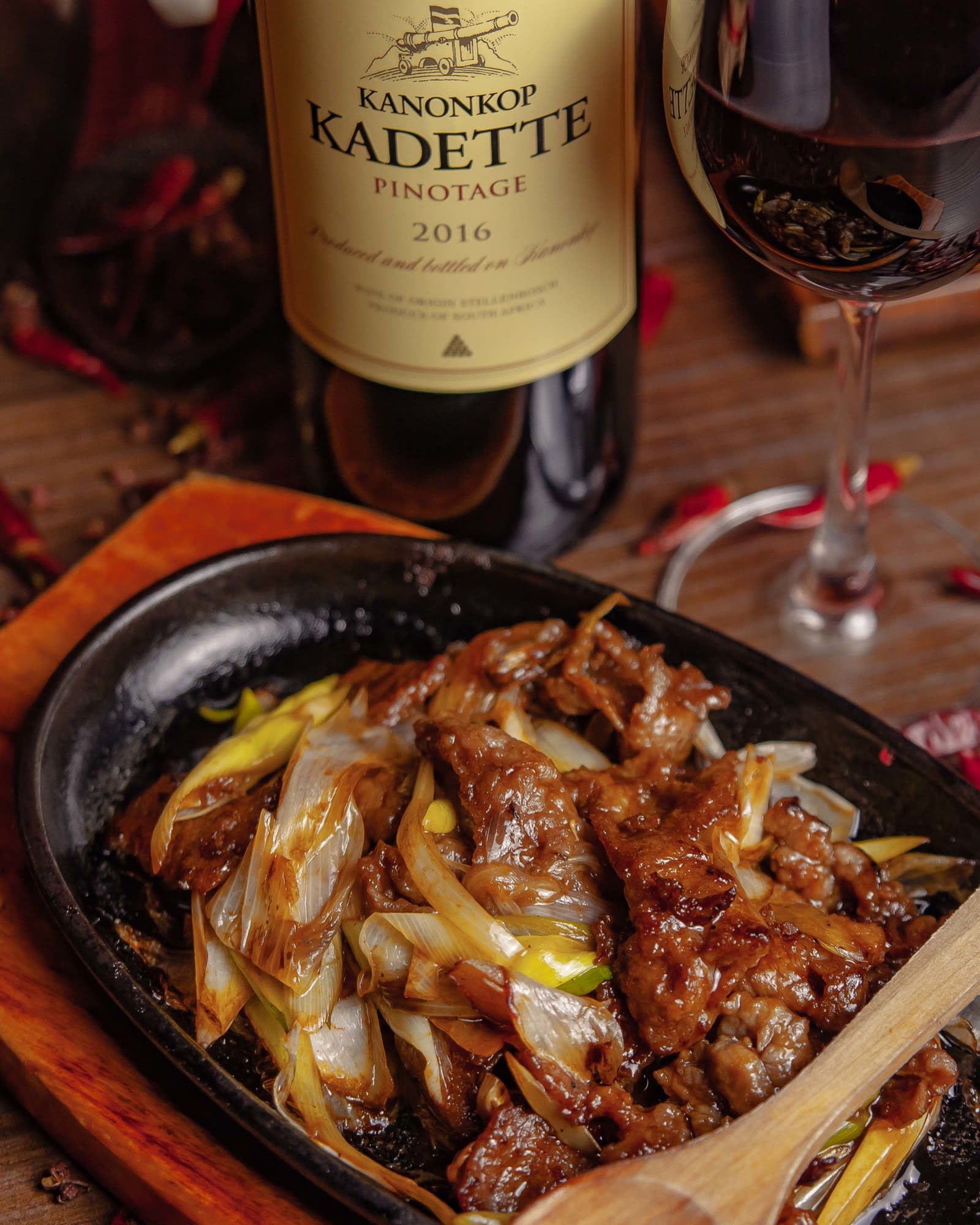We’ve talked about wine and food pairing before, but I recently had some discussions on this topic, so I’d like to share a few more thoughts when it comes to pairing wine with Asian cuisines.
Can we generalise food and wine pairing by cuisine – for example, that a certain wine is good with Japanese food while another wine is good with Chinese? Well, this can be challenging. Japanese cuisine ranges from very delicate sashimi to strongly flavoured teppanyaki, while Chinese cuisine spans from steamed fish to spicy hotpot.

Having said that, Vietnamese cuisine, because of its heavy use of fragrant herbs such as lemongrass and basil, is easier to be paired with only one wine, and that wine has to be the equally fragrant Riesling. Even for heavier dishs like cá kho tộ (caramelised fish in clay pot), a German Spätlese Riesling with more body and riper fruit will match perfectly.
Similarly, most Thai dishes go well with Gewürztraminer and Viognier. Compared to Riesling, these wines are bigger and have tropical aromas that complement robust Thai flavours.
High-tannin red wine like Cabernet Sauvignon clashes with Chinese sauces, so most sommeliers prefer Pinot Noir, which has lower tannin and higher acidity, as an all-rounder to Chinese food. However, cool-climate Pinot Noir with subtle aromas might appear thin when paired with Shanghainese or northern Chinese food.

For me, Pinotage, a cross between Pinot Noir and Cinsault that was developed in South Africa, is a better option. It has inherited the medium tannin from Pinot Noir, but it has bigger structure and darker red fruit aromas. Depending on where the grapes are grown and the winemaking technique used, it can be as elegant as a Pinot Noir that goes well with steamed seafood and Cantonese stir-fries or it can be made into a bold red wine with some oak ageing that complements northern Chinese dishes. An easy-drinking, fruity Pinotage without oak ageing can be a pleasant surprise with spicy Sichuan dishes.
As for Japanese cuisine, a vintage-style bottled-fermented sparkling wine will do the trick. Its finesse enhances exquisite sashimi, while its yeast autolysis characteristics (toast, biscuit, brioche) support the umami flavours that are so common in Japanese dishes. The acidity also cuts through the oiliness of teppanyaki, making the entire meal more lively.
In the end, there is no right or wrong method when it comes to food and wine pairing, as long as you are with good company and enjoy delicious food!
RELATED: The art and science of food, wine and flavour
For more wine articles like this, like Foodie on Facebook



